Viscous Lithography Manufacturing – What Is It And Do We Want One?
New 3D printers come along all the time, but it’s not often we see a completely new 3D printing technology. It does happen, though, and the latest one is something called Viscous Lithography Manufacturing. This looks like the sort of thing that could take a while to be available in home printers, but it could be the next big thing for industrial use.
What Is It?
VLM has an obvious family resemblance to stereolithography (SLA); it prints with resin, which is cured by either LED or laser light. However, there are some significant differences. With an SLA printer the printing takes place in the resin tank. The build platform descends slowly into the resin tank, and at each step the laser or LED illuminates the areas to be hardened. This works well, but it does have some limitations. For example, the resin has to be a fairly runny fluid so it can flow over the top of the print as it descends into the tank, and obviously you can only print with one material at a time – no multicoloured prints with this technique.
The start point of VLM (viscous lithography manufacturing) is to separate the printing area from the resin tank. Instead of combining them, a VLM 3D printer has the resin tank off to one side. From there, resin is picked up by a roller and transferred to a belt of transparent film. The belt then moves, positioning the resin-coated area over the build platform. An ultraviolet LCD screen above the film illuminates the selected areas with a single pulse, curing them; then the belt heads back to the tank to pick up a fresh layer of resin and the process is repeated, building the print layer by layer.
There are a couple of obvious advantages here. The resin doesn’t need to flow over the top of the last layer, so not only can it be more viscous than SLA resin, it needs to be more viscous, or it wouldn’t stick to the film. That means it’s a lot more tolerant of filler materials. These could be decorative – powdered metal or wood – or structural, like fibre or granular reinforcement. BCN3D, who’re behind the technology, say that VLM resin can have three times the impact resistance of standard resins. They can have double the tear resistance. They’re even easier to use for medical implants, thanks to the ability to add a wider variety of other materials.
Another big advantage of separating the resin tank from the build surface is that there’s nothing stopping you having more than one tank. If you have two tanks and two rollers, the film can pick up resin from either of them – so you can alternate layers of two different materials in a print. I’m not sure if you can print two materials in the same layer, one after another, but I don’t see any reason why not.
VLM also has a significant speed advantage over most other 3D printers. Because the LCD screen illuminates the whole layer in a single flash, it doesn’t matter how much there is in a layer; it’s always printed just as fast. There’s no waste, either; once a layer has been printed the unused resin is recovered from the film and goes back in the tank.
Can We Get One?
So when will viscous lithography manufacturing be available for home users? Well, not anytime soon. Right now VLM are calling the technology a sub-€50,000 solution, so it’s not exactly affordable. Looking at the way it works, though, there’s no reason why smaller home versions shouldn’t be available in a few years. I can’t see any hardware that doesn’t already exist in some consumer device, so why not a hobbyist VLM printer? I certainly hope that’s the way it works out, anyway, because this looks like a very exciting technology.

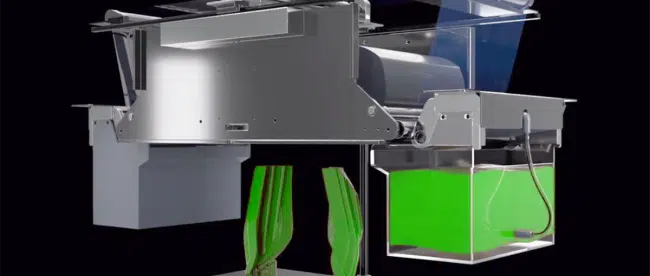
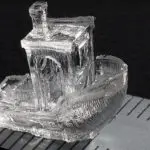
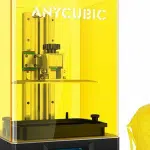
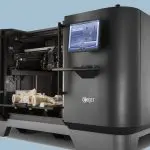

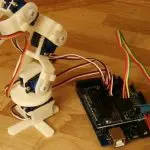

Leave a comment
You must be logged in to post a comment.